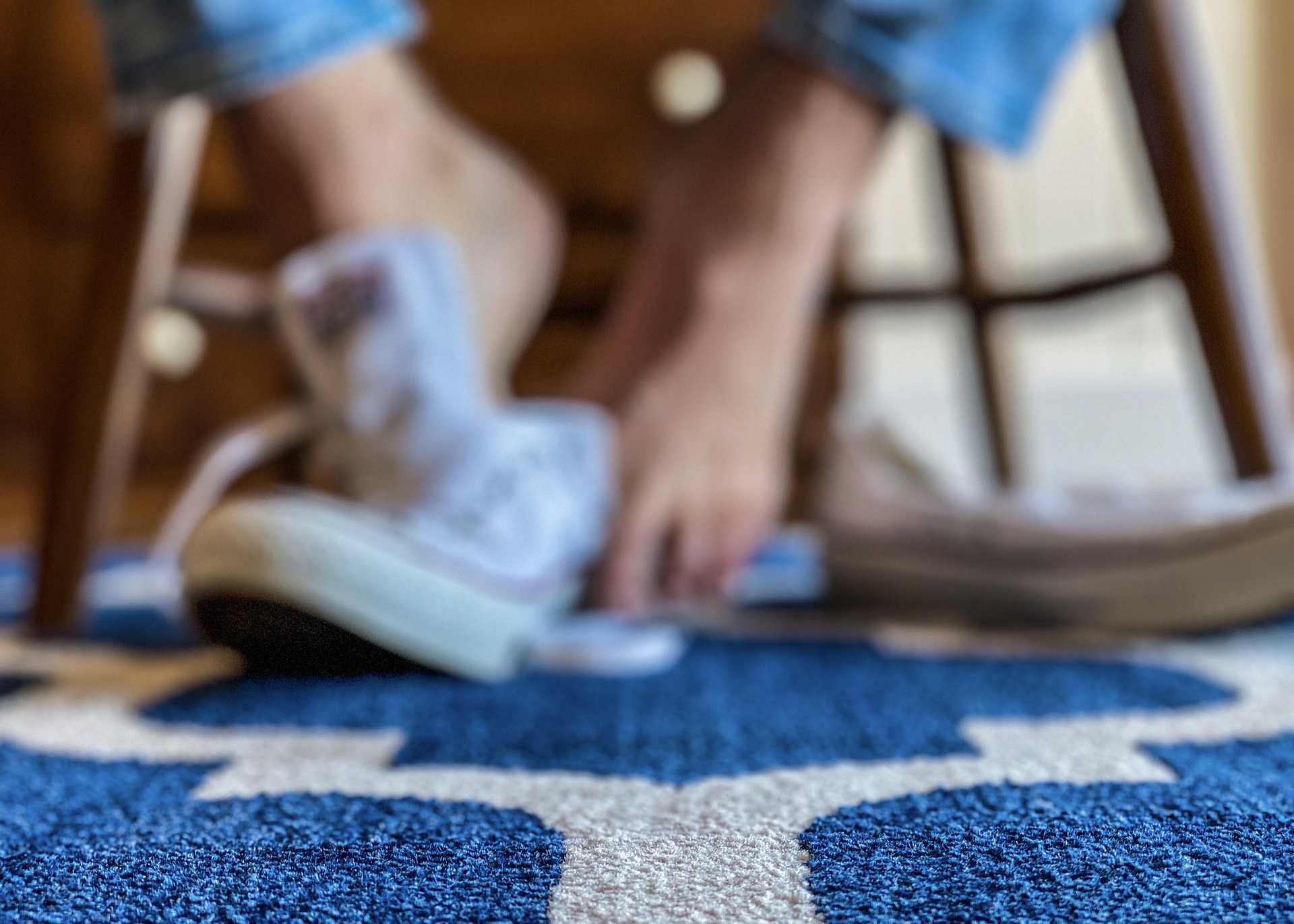Whether you’re a seasoned athlete looking to enhance performance or someone stepping into orthotics for the first time to correct foot posture, understanding the process and benefits of wearing orthotics can make all the difference. With a thoughtful approach, you can integrate these specialized devices into your daily routine, ensuring comfort and support every step of the way.
Understanding Orthotics and Your Feet
Orthotics are devices for your shoes that support and guide your foot’s movement. They match your feet’s shape, aligning your ankles and feet correctly. Their custom fit differs from standard insoles.
These devices help align your feet, easing body strain. They spread your weight evenly, lessening pain in feet, knees, hips, and backs. For athletes, they boost efficiency and performance. For daily life, they offer comfort and prevent issues.
Signs you might need orthotics include foot pain, uneven shoe wear, or specific conditions like plantar fasciitis. People with arthritis, diabetes, or excess weight also benefit greatly. If you notice these symptoms, a healthcare provider can advise if orthotics are right for you.
Preparing for Wearing Orthotics
Making the transition to wearing orthotics is a significant step towards better foot health and overall comfort. It’s not just about the orthotics themselves, but also preparing for how they will fit into your daily life and the types of footwear you will use them with.
The journey to comfortable and effective orthotic use begins with choosing the right type. A thorough assessment by a foot care specialist is essential to determine your specific needs. They will take into account factors like foot shape, any existing conditions, lifestyle, and activity level. The right orthotics should fit not just your feet, but also your life.
Ontario’s diverse climate means your orthotics must work well within the confines of different footwear – from insulated winter boots to lighter summer shoes. When selecting footwear to accommodate orthotics, look for styles with removable insoles, a deep toe box, and firm heel counters. You’ll want to ensure that your orthotics fit snugly yet comfortably within your shoes to provide support without causing discomfort, no matter the season.
The Transition Phase to Wearing Orthotics
Adjusting to orthotics involves a period of transition as your feet and body adapt to the changes in support and alignment. It’s important to approach this phase with patience and attention to how you feel both during and after wear.
Start Gradually
- Begin by wearing your orthotics for just a few hours a day, gradually increasing the time as your comfort level improves.
- Avoid wearing your orthotics for the first time during a long walk or run; short, casual periods of wear are ideal.
- If you experience discomfort, reduce the wear time and consult with your orthotic provider for possible adjustments.
Listen to Your Body when Wearing Orthotics
- Pay close attention to any new aches or pains in your feet, legs, or back, as these can be signs that your body is adjusting to the orthotics.
- Remember that a slight amount of discomfort is normal, but sharp or persistent pain is not. If you experience this, it’s crucial to consult with your specialist.
- Swelling or redness in the foot may also indicate that the orthotics need to be adjusted for a better fit.
Adjusting Your Activities
- Initially, limit high-impact activities such as jogging or aerobics to give your body time to adapt to the orthotics.
- Incorporate gentle foot stretches or exercises recommended by your foot care specialist to ease the transition.
- Listen to the feedback your body provides; if certain activities increase discomfort, modify or limit them and discuss alternatives with your healthcare provider.
Caring for Your Orthotics in Ontario’s Climates
The varying climates in Ontario can pose unique challenges for maintaining orthotics. From the humid summers to the freezing winters, your orthotics require care to maintain their effectiveness and longevity.
Maintenance Tips
- Regularly inspect your orthotics for signs of wear, especially after exposure to moisture or extreme temperatures.
- Keep orthotics dry and cool; if they become wet from snow or rain, allow them to air dry away from direct heat.
- Clean your orthotics gently with a mild soap and a damp cloth; avoid submerging them in water.
- During the winter, ensure that any salt residue from roads or sidewalks is wiped off to prevent material breakdown.
When to Replace or Adjust Your Orthotics
- Monitor for any visible signs of wear, such as thinning or cracking, which can indicate it’s time for a replacement.
- Pay attention to changes in comfort; if orthotics no longer provide the same level of support or begin to cause discomfort, they may need adjusting.
- Changes in your feet, such as significant weight loss or gain, or changes in foot structure, can affect the fit and function of your orthotics and may necessitate a new pair.
Enhancing Your Experience with Orthotics
Integrating orthotics into your daily routine can be greatly beneficial, but to truly enhance the experience and maximize their effectiveness, pairing them with the right footwear and adopting supportive practices is essential.
Complementing Orthotics with Proper Footwear
- Choose shoes that accommodate orthotics comfortably, with removable insoles and enough depth in the toe box.
- Ensure your footwear provides a stable base for your orthotics; shoes with a firm heel counter and appropriate cushioning work best.
- For winter, opt for footwear with non-slip soles to reduce the risk of falls when navigating icy conditions.
Additional Supportive Practices
- Strengthening exercises for the feet and ankles can improve your body’s adaptation to orthotics.
- Regularly stretch your lower limbs to maintain flexibility, which can help ease the transition to orthotics.
- Consider a gradual approach to increase the time you spend on your feet as you adjust to your new orthotics.
Making the Transition to Wearing Orthotics
Making the transition to wearing orthotics represents a proactive step towards better foot health and overall well-being. For residents of Ontario, where the seasons demand careful attention to foot care, orthotics can be particularly beneficial. They not only improve stability and comfort but also serve as a safeguard against the challenges brought on by the icy winter months.
As the chill in the air heralds the arrival of winter, the importance of stable footing cannot be overstated. Orthotics provide the much-needed support that helps prevent falls and maintains mobility during this season of slippery sidewalks and frozen pathways.
The right pair of orthotics, coupled with suitable footwear, is a stride towards a healthier, more balanced future.
Ready to Step into Comfort?
Book Your Orthotic Fitting with Care-Med!
Take the first step towards enhanced stability and comfort. Schedule your orthotic fitting with the experts at Care-Med and stride into winter with confidence. Your feet deserve the best care, and we’re here to provide it.
Share This Story, Choose Your Platform!
Table of Contents
We specialize in orthotics, body braces, and compression wear tailored to your unique needs in Toronto. Reach out to us at info@caremed.care or call 416-782-5353 to book your fitting and consultation.
Experience the difference of customized solutions designed just for you.











